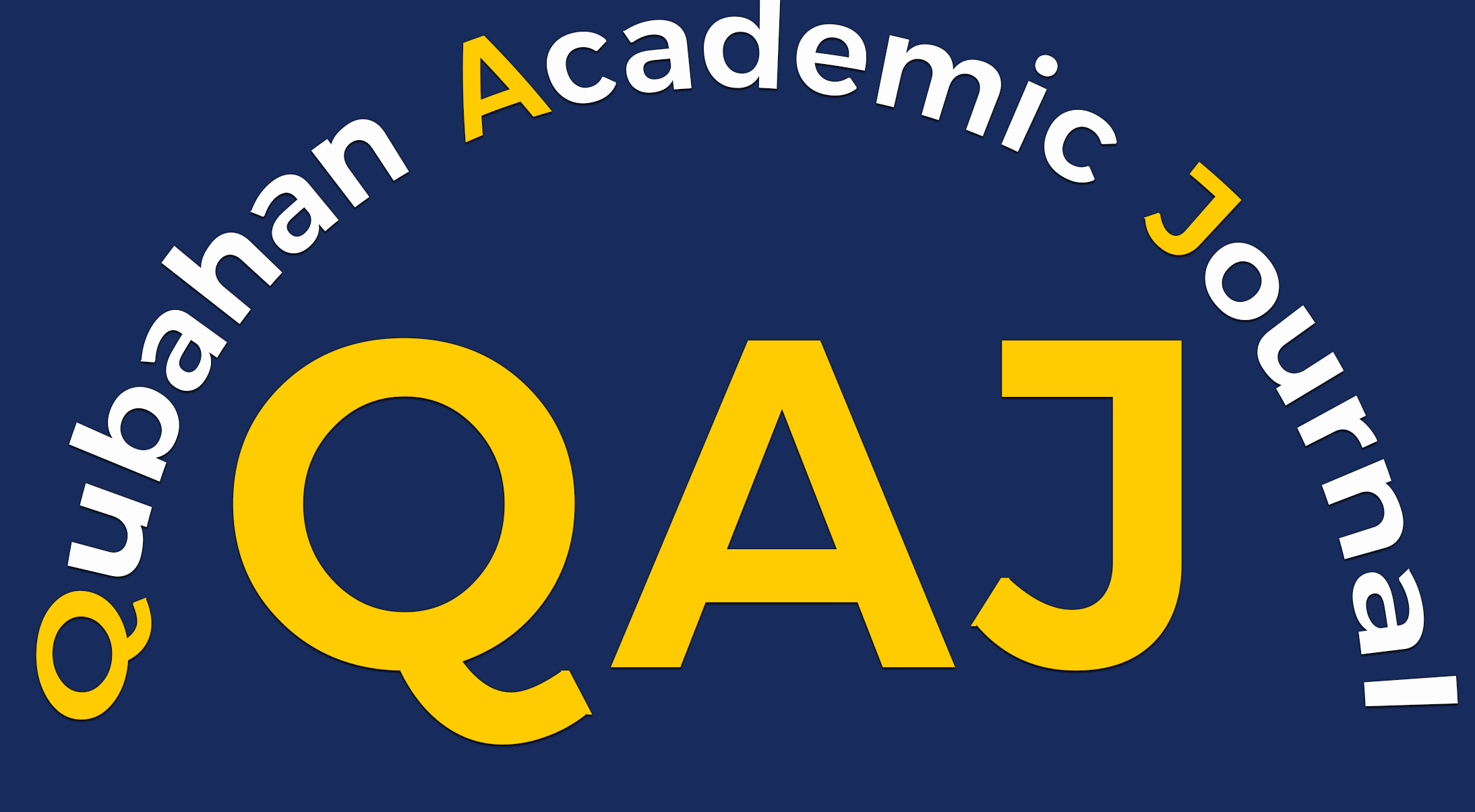Development of Methods for the Formation of Astronomical Knowledge Among Students
DOI:
https://doi.org/10.48161/qaj.v5n1a1330Abstract
The public’s interest in astronomy, combined with unresolved scientific and ideological issues and low astronomical literacy, has led to the spread of pseudo-scientific beliefs. Current educational programs provide only limited astronomical knowledge within mandatory physics courses, which is insufficient for developing a systematic understanding. This study aims to develop a methodology for fostering high school students' astronomical knowledge, enabling them to critically navigate the modern information environment. The research employs a mixed-method approach, including content analysis of astronomical publications, surveys, interviews, experimental teaching, and statistical analysis. The study introduces a novel approach by incorporating pseudo-scientific concepts as subjects of analysis in astronomy education. A structured system of didactic units is proposed, integrating knowledge about the nature, dissemination, and critique of pseudo-scientific ideas, thereby enhancing students' ability to evaluate information critically. A system of didactic units has been developed, the content of which includes initial information about the essence, production and translation of near-scientific knowledge, as well as criticism of a number of common misconceptions and some near-scientific teachings close to astronomy from the side of science.
Downloads
References
Atanacković, O. (2012). Astronomy development in Serbia in view of the IAU Strategic Plan. Proceedings of the International Astronomical Union, 10(H16), 557–557.
Butyrina, M., Hyrina, T., Penchuk, I., Bondarenko, I., Skurtul, G., & Tiapkina, N. (2022). The development of innovative media education styles in the era of information and communication technologies. Journal of Curriculum and Teaching, 11(1), 195–207.
Buianova, G., & Kuznetsova, O. (2021). Formation of social competence of students in extracurricular activities through the means of interactive forms and methods of training. Problems of Education, 2(95), 94–111.
De Lima, M. S., De Amôres, E. B., Santos, J. V. C., & Martin, V. A. F. (2018). What’s that object? Learning astronomical concepts through the use of the Aladin program and manipulation of astronomical images. Journal of Astronomy & Earth Sciences Education (JAESE), 5(1), 23–52.
Fatma, E., Erhan, E., & Fatih, A. (2007). Utility of concept cartoons in diagnosing and overcoming misconceptions related to photosynthesis. International Journal of Environmental & Science Education, 2(4), 111–124.
Huderson, A. (2020). Training tomorrow’s scientists. Science, 370(6512), 44–44.
Yarnykh, V. (2021). Media technologies in the corporate model of media education: Opportunities and prospects. DESIDOC Journal of Library and Information Technology, 41(4), 284–289.
Yatsura, M., Gamarnyk, A., Tadeush, O., & Yemelyanova, D. (2020). Syllabus: Structure, content and significance for the educational process in higher education institutions. Scientific Bulletin of South Ukrainian National Pedagogical University Named after K. D. Ushynsky, 3(132), 133–141.
Korur, F. (2015). Exploring seventh-grade students’ and pre-service science teachers’ misconceptions in astronomical concepts. Eurasia Journal of Mathematics, Science and Technology Education, 11(5), 1041–1060.
Kotsyuba, I., Shikov, A., & Mihailov, A. (2021). Parametric optimization of the automated plan of extracurricular activities of students by means of information technologies. Materials Today: Proceedings.
Kuczmann, I. (2021). Misconceptions in mechanics and their elimination. Journal of Physics: Conference Series, 1929(1), 012005.
Madjowa, V., Olii, A. H., & Baruadi, A. S. R. (2020). Gorontalo fishermen knowledge studies related to astronomy and the movement of fish in Tomini Bay. Asian Journal of Fisheries and Aquatic Research, 6(2), 41–49.
Michael, V., & Okkonen, J. (2021). Towards a conceptual model of media education: A Finnish perspective. Nordic Journal of Digital Literacy, 16(3–4), 144–157.
Raviv, A., & Dadon, M. (2021). Teaching astronomy in kindergarten: Children’s perceptions and projects. Athens Journal of Education, 8(3), 305–328.
Tomko, Ye. (2021). Astronomy in extracurricular activities. In Bashkir State University (p. 283).
Smolyar, A. I., & Zogol, S. G. (2021). Extracurricular educational activities for prospective teachers’ professional identity development. Samara Journal of Science, 10(3), 283–288.
Downloads
Published
How to Cite
Issue
Section
License
Copyright (c) 2025 Qubahan Academic Journal

This work is licensed under a Creative Commons Attribution-NonCommercial-NoDerivatives 4.0 International License.











